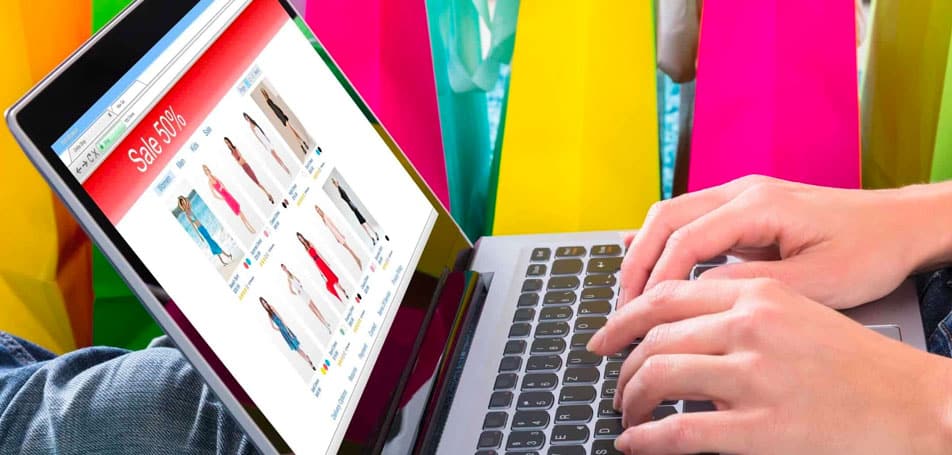
Think about how often we relate our emotions as colors. He was red with anger. She was feeling blue. They were turning green with envy. Even if we don’t consciously recognize it, color plays an important role in everything from our inner feelings to the products we choose to purchase.
What Exactly is Color Psychology?
The main idea behind color psychology is that colors can affect consumers’ emotions, which in turn can improve or decrease the chance that they will buy an item online. Marketers have been trying to figure out the “ideal” color scheme for years, but the practice of color psychology is more complex than you may assume.
The complexity kicks in as soon as marketers realize how differently people might react to various colors depending on a range of factors, such as their age, gender, values, and personal color preferences. For instance, one customer may associate green with being environmentally friendly, whereas another might think of jealousy or money. The color red may come across as bold and exciting to younger customers, but it might seem brash or aggressive to older generations.
When you’re choosing colors for your site, you’ll want to consider the way you want your brand to come across, the type of products you sell, the age of your target market, and how you’d like to differentiate yourself from your competitors. If you aren’t sure where to begin, let’s take a look at a few successful color combinations used by global brands.
Examples of Effective Color Psychology
The following companies rely on colors to elicit the desired emotions and behaviors of their target customers:
- McDonald’s. This is one of the most popular examples used in color psychology. Around the globe, everyone recognizes the so-called “golden arches” set against a bright red background. According to color psychology, red can increase heart rates and create a sense of urgency and excitement—perfect for a fast food chain!
- Starbucks. Green is easy on the eyes, and the color is often associated with health and tranquility. The green and white Starbucks logo makes customers feel relaxed and welcome in their stores.
- Facebook. Although Facebook’s calming blue theme is partly due to Mark Zuckerberg’s red-green color blindness, the color also conveys a sense of trust and security to Facebook users.
- Amazon. According to writer Katie Lundin, the curved orange arrow of Amazon’s logo signifies “…a package being delivered, their range of products (from “A to Z”), and the recipient’s resulting smile.”
Best Practices When Selecting Colors
No matter what industry you’re in, following these simple guidelines can help you find the most effective theme for your unique audience. Just keep in mind that these are general practices, and you should feel free to experiment with colors that make you feel the best!
- Think high-contrast. Choosing a text color that noticeably stands out from the background is essential. A website with a lovely pale blue background and white text may look aesthetically pleasing, but it will be very difficult for users to read the content. When in doubt, refer to the color wheel and select complementary colors.
- Keep it simple. The University of Toronto completed a study which showed that most people prefer designs that only use 2 or 3 colors. Clean, minimalistic, and efficient website themes are sure to appeal to your audience more than bright, multicolored layouts.
- Know which colors appeal to different types of shoppers. Red is commonly used during sales to urge customers to make impulse purchases, whereas navy blue and teal tend to attract those who are carefully tracking their budget.
Benefits of A/B Testing with Color Combinations
Customers don’t often realize how the designs, colors, and layouts of different sites can affect them, even though making a miniscule change can noticeably improve your conversion rates. In order to figure out the optimal colors for your site, marketing guru and author Neil Patel writes that “Everything still boils down to testing.”
When you choose to do A/B testing with different colors or designs on your website, you can quickly learn which one performs better with your audience. The results will be confirmed in a few days rather than a few weeks, and you will only have one metric to keep track of. In addition, the benefits of A/B testing can include:
- Reduced bounce rates.
- Lower cart abandonment rates.
- More clicks on CTA buttons.
- Improved SEO ranks.
- Increased user engagement.
If you would like to learn more about the advantages of A/B testing and the effects it can have on your mobile site and beyond, feel free to check out the Mobile eCommerce Optimization Initiative to join our global community!













